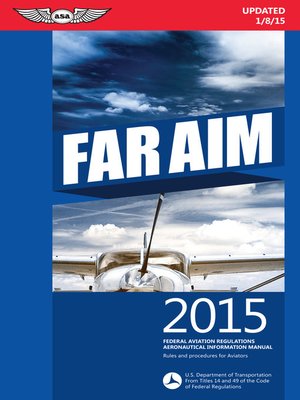

T – Transponder inspection: No person may use an Air Traffic Control transponder unless it has been tested and inspected within the preceding 24 months. This must be done every 24 calendar months. This test can be done by the pilot either in flight or at a designated VOR test facility on an airport.ġ or I – 100-hour inspection: If the aircraft is operated for hire or flight instruction for hire, it must have had an annual or a 100-hour inspection within the previous 100 hours of flight time.Ī – Inspections for Altimeter and static air system: In order to fly IFR, the static pressure system, altimeter instrument, and automatic pressure altitude reporting system must be tested and inspected and found to comply.

V – VOR check: For Instrument Flight Rules (IFR) flights, the VOR receivers on board must have been tested within the past 30 days. Here’s what each letter of AVIATE stands for:Ī – Annual inspection: This is a general check of the entire airplane to ensure that it is airworthy and that any relevant and required Airworthiness Directives (ADs) have been properly applied. Knowing these inspections and their schedules is essential for keeping your aircraft airworthy and avoiding violations. That’s where AVIATE comes in.ĪVIATE is an acronym that stands for the different types of inspections that general aviation aircraft in the US must have current in order to be legally operated. And one of the best ways to ensure the safety of your flights is to make sure your aircraft is in good condition. As a pilot, you know that safety is always the top priority.


 0 kommentar(er)
0 kommentar(er)
